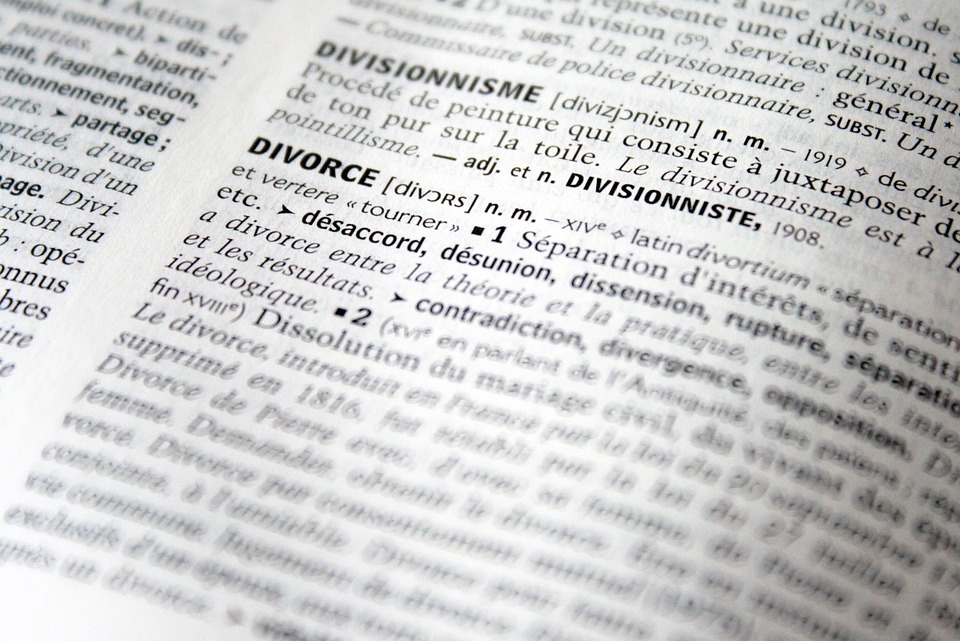A Deep Dive into Social Psychology: The Study of Group Dynamics
Introduction to Social Psychology
Social psychology is a fascinating field that merges elements of psychology and sociology to explore how individuals think, feel, and behave in social contexts. At its core, social psychology seeks to understand how people influence and are influenced by others. One of the most intricate aspects of this discipline is group dynamics—where individual behaviors and attitudes are shaped by group interactions. This article will explore the definitions, theories, key studies, and applications of group dynamics within the broader realm of social psychology.
Understanding Group Dynamics
Definition of Group Dynamics
Group dynamics is the study of the interactions and behaviors of individuals within a group. It encompasses how group members communicate, make decisions, solve problems, and develop relationships with each other. Group dynamics can manifest in various forms, from small groups like families or friends to larger entities like organizations or societies. The dynamics of a group can significantly influence individual behavior and can even lead to outcomes that differ from what an individual might do alone.
The Importance of Group Dynamics
Understanding group dynamics is crucial for several reasons:
- Influence on Behavior: Individuals often conform to group norms and expectations, impacting their actions and beliefs.
- Decision-Making: Groups frequently make decisions that differ from those of individuals and can lead to both enhanced creativity and risk-taking behavior.
- Conflict and Cooperation: Group dynamics can lead to collaboration or conflict, affecting relationships and outcomes.
Theoretical Foundations
Several theories form the backbone of understanding group dynamics in social psychology.
1. Social Identity Theory
Developed by Henri Tajfel and John Turner in the 1970s, Social Identity Theory posits that individuals derive a significant part of their identity from the groups they belong to. The theory suggests that individuals categorize themselves and others into social groups, which can lead to in-group favoritism and out-group prejudice. This categorization influences behaviors and perceptions, often leading to competition between groups and the reinforcement of group norms.
2. Groupthink
Introduced by Irving Janis in 1972, groupthink describes the phenomenon where the desire for harmony and conformity in a group results in irrational or dysfunctional decision-making. Group members suppress dissenting viewpoints, leading to a lack of critical evaluation of alternatives. Historical examples of groupthink include the Bay of Pigs invasion and the Challenger Space Shuttle disaster, where teams failed to consider critical data due to pressure to conform.
3. Social Facilitation and Social Loafing
-
Social Facilitation refers to the tendency for individuals to perform better on tasks when they are in the presence of others. This is particularly true for well-learned or simple tasks.
-
Social Loafing, in contrast, occurs when individuals exert less effort when working in a group than when working alone. This phenomenon can arise from a diffusion of responsibility, where individuals feel less accountable in a group setting.
4. Group Polarization
Group polarization is the tendency of group discussions to amplify the initial leanings of group members. When individuals with similar opinions come together, their views typically become more extreme. This can lead to more risk-taking behaviors in decision-making scenarios, as seen in various social movements and political groups.
Key Studies in Group Dynamics
Several landmark studies have shaped our understanding of group dynamics, providing empirical evidence and insights into how groups function.
1. The Stanford Prison Experiment
Conducted by Philip Zimbardo in 1971, the Stanford Prison Experiment aimed to investigate the psychological effects of perceived power within a simulated prison environment. College students were assigned roles as guards and prisoners. The results demonstrated the extreme behaviors that individuals could adopt when placed in a group setting with defined roles, highlighting issues of authority, conformity, and the influence of situational factors on behavior.
2. The Asch Conformity Experiments
Solomon Asch conducted a series of experiments in the 1950s to understand the influence of group pressure on individual judgment. Participants were asked to identify which of three lines matched a reference line’s length. When confederates (actors) provided incorrect answers, many participants conformed to the group’s incorrect response, demonstrating the power of social influence and the extent to which people will go to fit in with a group.
3. The Robbers Cave Experiment
In 1954, Muzafer Sherif conducted what became known as the Robbers Cave Experiment to explore conflict and cooperation among groups. Two groups of boys at a summer camp developed in-group identities and hostility towards each other. The study found that intergroup conflict could be reduced through cooperative tasks requiring collaboration, effectively illustrating the potential for overcoming group prejudice.
4. The Bystander Effect
The bystander effect is a broader phenomenon linked to group dynamics, where the presence of others inhibits individuals from intervening in emergency situations. The landmark case of Kitty Genovese in 1964, where multiple witnesses failed to help a woman being attacked, led to research showing that individuals are less likely to help when surrounded by a larger group.
Applications of Group Dynamics
Understanding group dynamics has significant implications across various domains, including organizational behavior, education, healthcare, and community development.
1. Organizational Behavior
In the workplace, knowledge of group dynamics can help improve team effectiveness, enhance leadership strategies, and foster positive organizational cultures. Techniques such as team-building exercises, open communication strategies, and understanding group roles can lead to better project outcomes and employee satisfaction.
2. Education
In educational settings, promoting cooperative learning and group activities can enhance student engagement and reinforce social skills. Educators can use group dynamics principles to create inclusive environments where all students feel valued and encouraged to participate.
3. Conflict Resolution
Understanding group dynamics is vital in mediating conflicts, whether in community disputes, workplaces, or international relations. Techniques drawn from social psychology can facilitate dialogue, promote understanding, and foster collaboration among conflicting parties.
4. Healthcare
In healthcare settings, group dynamics can impact patient care, treatment adherence, and the well-being of healthcare providers. Understanding how teams function can lead to more effective collaboration among medical staff, enhancing patient outcomes.
5. Social Movements
Group dynamics play a critical role in social movements, affecting how groups mobilize, communicate, and enact change. Understanding the influences of group identity, solidarity, and external pressures can aid in creating more effective advocacy strategies.
Conclusion
The study of group dynamics in social psychology reveals valuable insights into human behavior and social interactions. Understanding how groups influence individual actions and how individuals interact within groups can lead to more effective communication, collaboration, and conflict resolution in various domains. From understanding the power of conformity to leveraging the benefits of diversity and cooperation, knowledge of group dynamics is essential for fostering healthier social interactions and building more cohesive communities.
As society continues to evolve, the need to understand the intricacies of group dynamics remains more relevant than ever. By continuing to explore this field, we can better navigate the complexities of social behavior in a rapidly changing world.
References
- Tajfel, H., & Turner, J. C. (1979). An integrative theory of intergroup conflict. In W. G. Austin & S. Worchel (Eds.), The Social Psychology of Intergroup Relations (pp. 33-47). Monterey, CA: Brooks/Cole.
- Janis, I. L. (1972). Victims of Groupthink: A Psychological Study of Foreign-Policy Decisions and Fiascoes. Boston: Houghton Mifflin.
- Zimbardo, P. (1971). The Stanford Prison Experiment. The Society for the Psychological Study of Social Issues.
- Asch, S. E. (1951). Effects of group pressure upon the modification and distortion of judgments. In Guetzkow, H. (Ed.), Groups, Leadership and Men (pp. 177-190). Pittsburgh: Carnegie Press.
- Sherif, M. (1966). In common predicament: Social psychology of intergroup conflict and cooperation. Boston: Houghton Mifflin.
- Darley, J. M., & Latané, B. (1968). Bystander intervention in emergencies: Diffusion of responsibility. Journal of Personality and Social Psychology, 8(4), 377.
- Hackman, J. R., & Vidmar, N. (1970). Effects of group size and composition on group performance. In J. L. W. Hogg & D. J. M. D. K. (Eds.), Handbook of Social Psychology (pp. 541-600). New York: Random House.


























Add Comment